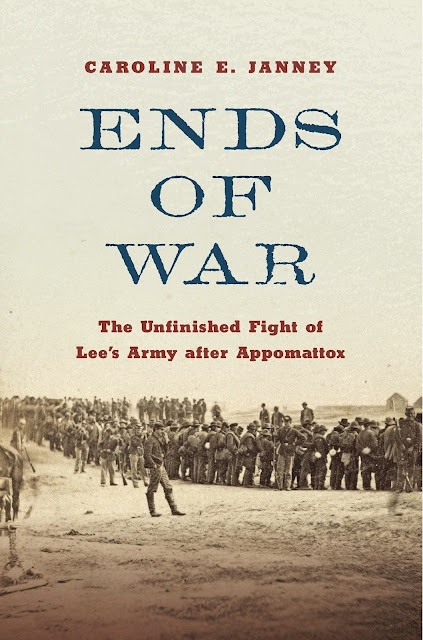The Inishowen Peninsula of County Donegal seems a cold, almost desolate place in the depths of winter. The northernmost extension of the Republic of Ireland, it’s most rural with some small towns. When they want a major shopping trip, residents head to the city of Derry. Dublin is a four-hour drive.
Benedicta O’Keeffe, known as “Ben,” is an attorney. Her practice encompasses the northern part of the peninsula, and it usually involves land sales, probate, court filings, and the basic kinds of law practice. Ben is fine with that; she’s moved here to escape Dublin and the guilt she’s placed on herself for the death of her younger sister. She hasn’t seen her parents in two years.
 |
| Inishowen Peninsula |
She likes the people she works and lives with, especially the chief policeman, Sgt. Tom Molloy. She and Molloy seems to circle each other, trying to make up their minds if there’s something more to their relationship or not.
Ben accompanies a property surveyor to check a deconsecrated church property. An English couple wants to buy it and refurbish it as a holiday home. It’s known as the Whitewater Church; it served the community of Whitewater that all but disappeared in the mid-1980s with the death of the local shipping business. They’re about finished the surgery when the discover the church has a crypt. What remains there might have been were removed with the deconsecration. At the bottom of the stairs, however, they find a skeleton wrapped in a blanket. And it doesn’t belong in the crypt.
It might be the body of Conor DeVitt, who disappeared on his wedding day six years before, leaving a hole in his family and the community. What the discovery leads to is a decades-old story of an IRA terrorist bombing, family secrets, and the upending of other crimes both related and unrelated. And Ben finds herself at the center of all of it.
 |
| Andrea Carter |
Death at Whitewater Church is the first of five Inishowen mysteries by Irish writer Andrea Carter. It’s so well written and so intricately plotted that at time I had to remind myself I was reading a crime novel, not a literary story. It requires close reading to keep track of all the characters, a close reading that will be rewarded. And it’s such a good story that, immediately upon finishing it, I ordered the next four. Death at Whitewater Church is that good.
Carter studied law at Trinity College Dublin and managed the most northerly solicitor’s practice in the Republic of Ireland. In 2006, she moved to Dublin to work as a barrister and then turned to writing crime novels. She’s published five Inishowen mysteries featuring solicitor Benedicta “Ben” O’Keeffe: Death at Whitewater Church, Treacherous Strand, The Well of Ice, Murder at Greysbridge, and The Body Falls.


















